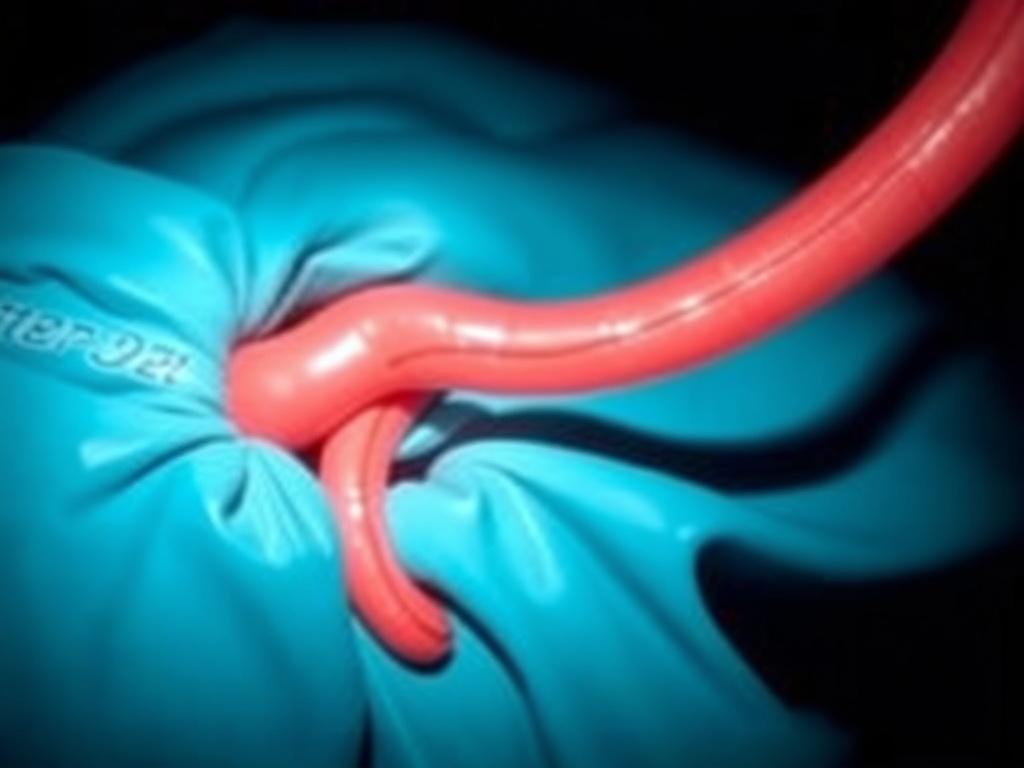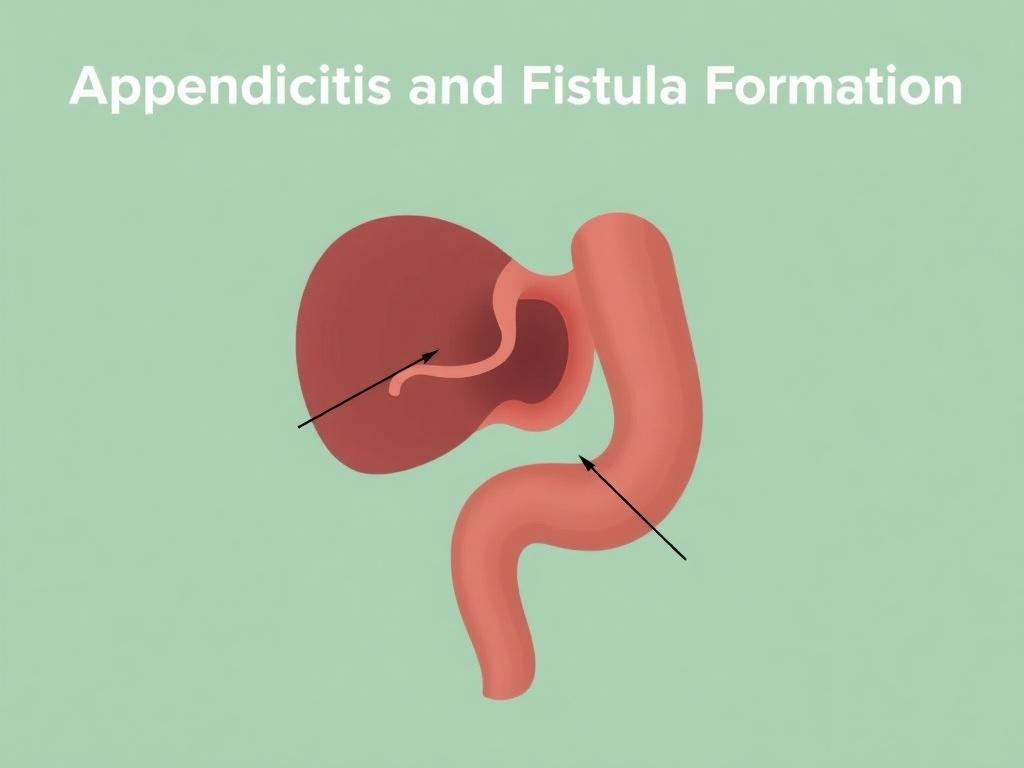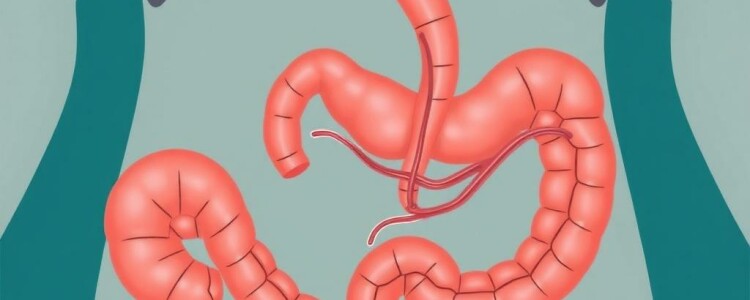Appendicitis is a common and often urgent medical condition that many people encounter at some point in their lives. It occurs when the appendix, a small tube-shaped pouch attached to the large intestine, becomes inflamed. While appendicitis itself is fairly straightforward, complications can sometimes arise, one of which is fistula formation. This unexpected link between appendicitis and fistula formation might seem confusing at first, but it’s an important topic to explore, especially for anyone wanting to understand how seemingly simple infections can lead to complex medical challenges.
In this article, we will take a deep dive into what appendicitis is, why and how fistulas can form as a result, the symptoms to watch for, diagnostic processes, and treatment options. Along the way, we’ll clarify medical terms in plain language, and provide tables and lists to help make the information easy to digest. By the end, you’ll have a clear understanding of this condition and be well-equipped to recognize its signs or support others who may be affected.
What is Appendicitis?
Appendicitis is the inflammation of the appendix, primarily caused by an obstruction that traps bacteria inside. This blockage can happen due to hardened stool, foreign bodies, or infection, leading to swelling and increased pressure within the appendix. As the infection intensifies, it can cause severe abdominal pain and may lead to rupture if untreated.
The classic presentation of appendicitis includes pain starting near the navel and then moving to the lower right side of the abdomen. Other symptoms might include nausea, vomiting, fever, and loss of appetite. Because appendicitis can progress quickly, it’s considered a medical emergency requiring prompt intervention, often surgery.
Causes and Risk Factors of Appendicitis
While the exact cause of appendix blockage varies, some common causes and risk factors include:
- Obstruction by fecaliths (hardened stool fragments)
- Enlarged lymphoid follicles in the appendix wall due to viral infections
- Trauma to the abdomen
- Infections leading to swelling
- Genetic susceptibility
- Age group—typically affects people between 10 to 30 years old
Understanding these causes offers insight into who might be at higher risk and what mechanisms trigger this painful condition.
What is a Fistula and How Does It Form?

A fistula refers to an abnormal connection or tunnel that develops between two epithelial-lined surfaces that normally don’t connect. In simple terms, it is a pathway linking one organ or tissue to another, sometimes creating a channel for fluids or infections to pass where they shouldn’t.
When fistulas form as a complication of appendicitis, it usually results because the infection or abscess created by the inflamed or ruptured appendix erodes into nearby organs or the skin. This can create unintended channels such as appendicocutaneous fistula (connecting the appendix to the skin) or appendicocolic fistula (linking the appendix to the colon).
Types of Fistulas Related to Appendicitis
| Fistula Type | Description | Common Symptoms |
|---|---|---|
| Appendicocutaneous Fistula | A tract between the appendix and the skin surface | Persistent discharge on the abdominal skin, pain |
| Appendicocolic Fistula | A connection between the appendix and the colon | Recurrent abdominal infections, altered bowel movements |
| Enterocutaneous Fistula | Connection between the bowel (small or large intestine) and skin, sometimes associated with appendicitis complications | Persistent wound drainage, malnutrition |
Recognizing these fistulas early can be challenging but crucial, as they may require different treatment approaches than standard appendicitis.
How Does Appendicitis Lead to Fistula Formation?
To understand the connection between appendicitis and fistula formation, imagine the process starting with the blockage in the appendix. The trapped bacteria multiply rapidly, causing local infection and inflammation. If the infection remains untreated, it can lead to an abscess—a pocket of pus—nearby. Eventually, if the abscess erodes through tissues due to ongoing infection or pressure buildup, a fistula may form.
This pathway allows the infectious material to drain externally or into adjacent organs, sometimes providing relief from pressure but also leading to chronic infection, discharge, and other complications.
Risk Factors for Fistula Formation Following Appendicitis
- Delayed or inadequate treatment of appendicitis
- Ruptured appendix leading to widespread infection in the abdominal cavity
- Presence of abscesses which do not resolve promptly
- Underlying immune compromise or poor healing conditions
- Previous abdominal surgeries or inflammatory bowel disease increasing tissue vulnerability
The risk of fistula formation underscores the importance of timely diagnosis and treatment of appendicitis.
Symptoms of Appendicitis Complicated by Fistula Formation
When fistulas form after appendicitis, some characteristic symptoms may develop on top of the usual signs of appendicitis or post-surgical complaints. These include:
- Persistent or new abdominal pain, often in the right lower quadrant
- Unexplained discharge—pus, mucus, or stool—from the abdominal wall or any visible opening near the abdomen
- Fever or recurrent infections despite antibiotics or surgery
- Digestive disturbances, such as diarrhea or altered bowel habits
- Fatigue and malnutrition if fistulas cause chronic drainage
These signs should prompt immediate medical evaluation to prevent worsening of the condition.
Diagnosis of Appendicitis and Fistula Formation
Diagnosing appendicitis is often based on clinical examination and history taking, but imaging plays a vital role, particularly when complications like fistula formation are suspected.
Common Diagnostic Tools
- Ultrasound: Often first-line imaging for appendicitis, especially in children and pregnant women. Can detect inflammation and abscesses.
- Computed Tomography (CT) Scan: More sensitive and specific, can reveal abscesses, the extent of inflammation, and fistulous tracts.
- Magnetic Resonance Imaging (MRI): Useful in cases where radiation exposure is a concern; detailed soft tissue mapping can help locate fistulas.
- Fistulography: Injection of contrast into a fistula opening to map its tract.
Blood tests showing elevated white blood cells and inflammatory markers help indicate infection but are not definitive for fistulas.
Treatment Options: Managing Appendicitis and Fistula Formation
Treatment for uncomplicated appendicitis is typically prompt surgical removal of the appendix (appendectomy). However, once fistula formation occurs, treatment usually becomes more complex and may involve multiple steps.
Treatment Approaches for Appendicitis
| Form of Appendicitis | Treatment | Notes |
|---|---|---|
| Uncomplicated | Appendectomy (laparoscopic or open surgery) | Prompt surgery is effective with quick recovery |
| Perforated or abscessed | Antibiotic therapy and drainage if abscess present, delayed surgery | This approach allows infection control before surgery |
Treatment of Fistula Formation
Once a fistula has developed from appendicitis complications, management often includes:
- Antibiotics: To control ongoing infection and inflammation.
- Drainage: Surgical or percutaneous drainage of abscesses to prevent further tissue damage.
- Surgical Repair: Definitive treatment often requires excision or repair of the fistulous tract, which may involve resecting parts of involved organs.
- Nutritional Support: In cases of extensive fistula or chronic drainage, optimizing nutrition is critical for healing.
- Monitoring and Follow-up: Long-term care to detect recurrence or complications.
The treatment strategy depends on the fistula’s size, location, and the patient’s overall health.
Preventing Appendicitis Complications and Fistula Formation
The best way to avoid fistula formation related to appendicitis is early intervention. Seeking medical help as soon as symptoms like abdominal pain arise reduces risk. Additionally, maintaining a healthy diet rich in fiber may help keep bowels regular and reduce obstruction risks.
Here are practical prevention tips and signs to watch for:
- Don’t ignore persistent abdominal pain, especially if it worsens.
- Get timely medical evaluation for gastrointestinal complaints.
- Follow treatment recommendations thoroughly after appendicitis diagnosis, including completing antibiotics and attending follow-ups.
- Maintain good hygiene and wound care after surgery to prevent infections.
Living With a History of Appendicitis and Fistula
Many patients recover fully after appendectomy and do not experience fistulas, but for those who do, understanding the condition is empowering. Living with a fistula may mean managing intermittent symptoms and regular medical care. Patients should be aware of the importance of nutritional support, skin care around fistula openings, and avoiding activities that stress the abdomen excessively.
Support and Resources
Support groups and counseling can help patients cope with the emotional and physical challenges of living with fistulas. Discussing with healthcare providers about diet, lifestyle, and treatment options can improve quality of life significantly.
Summary Table: Appendicitis and Fistula Formation at a Glance
| Aspect | Details |
|---|---|
| Appendicitis | Inflammation of appendix typically caused by blockage and infection |
| Symptoms | Abdominal pain (RLQ), fever, nausea, vomiting |
| Complication: Fistula Formation | Abnormal passage from appendix to skin or other organs due to ruptured infection |
| Symptoms of Fistula | Discharge from skin, recurrent infection, altered digestion |
| Diagnosis | Ultrasound, CT, MRI, fistulography |
| Treatment | Surgery, antibiotics, drainage, nutritional support |
| Prevention | Early treatment of appendicitis, maintaining gut health, hygiene |
Conclusion

Appendicitis is a medical condition that is usually straightforward to diagnose and treat, but complications like fistula formation can make the situation more complex and challenging. By understanding how appendicitis leads to fistulas—the abnormal connections between organs or to the skin—and recognizing the signs early, patients and caregivers can seek timely medical intervention. Treatment often requires a combination of surgery, antibiotics, and supportive care to ensure full recovery. Prevention, primarily through early diagnosis and treatment of appendicitis, plays a vital role in minimizing complications. For those living with fistulas, ongoing support and management can help maintain quality of life. Ultimately, staying informed and attentive to your body is the best strategy to navigate appendicitis and its possible complications safely.



